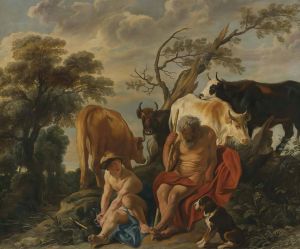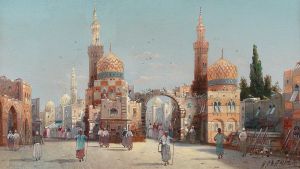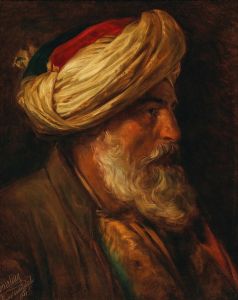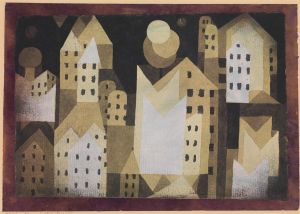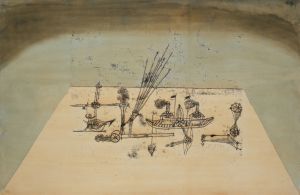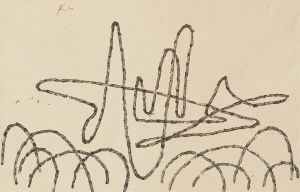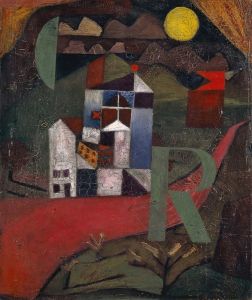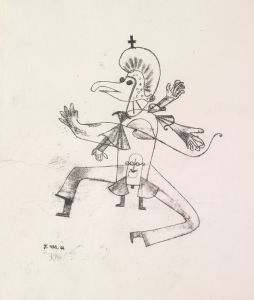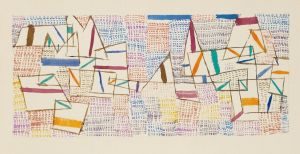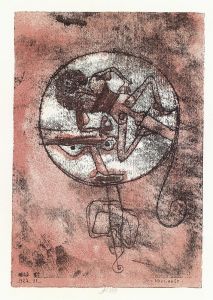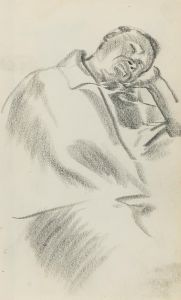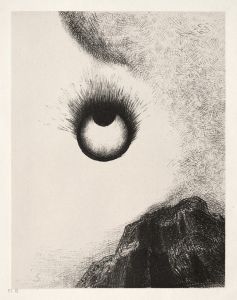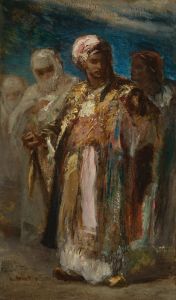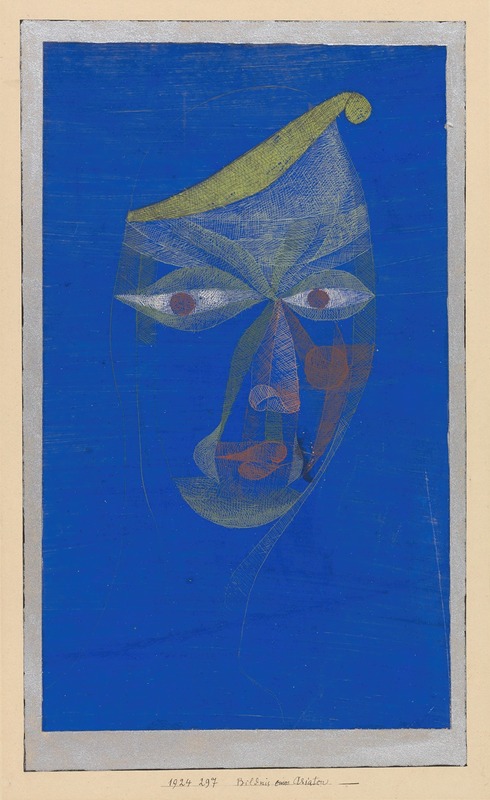
Bildnis eines Asiaten
A hand-painted replica of Paul Klee’s masterpiece Bildnis eines Asiaten, meticulously crafted by professional artists to capture the true essence of the original. Each piece is created with museum-quality canvas and rare mineral pigments, carefully painted by experienced artists with delicate brushstrokes and rich, layered colors to perfectly recreate the texture of the original artwork. Unlike machine-printed reproductions, this hand-painted version brings the painting to life, infused with the artist’s emotions and skill in every stroke. Whether for personal collection or home decoration, it instantly elevates the artistic atmosphere of any space.
"Bildnis eines Asiaten" (Portrait of an Asian) is a painting created by the Swiss-German artist Paul Klee in 1920. Paul Klee, born on December 18, 1879, in Münchenbuchsee, Switzerland, was a highly influential figure in the early 20th-century European avant-garde movement. He is known for his distinctive style that blends elements of expressionism, cubism, and surrealism.
Klee's work often features a unique use of color and abstract forms, and "Bildnis eines Asiaten" is no exception. This painting is part of Klee's exploration of portraiture, where he sought to capture the essence of his subjects through abstract and symbolic means rather than realistic representation. The title, which translates to "Portrait of an Asian," suggests that Klee was inspired by Asian culture or individuals, though the exact identity of the subject remains unknown.
In "Bildnis eines Asiaten," Klee employs a combination of geometric shapes and vibrant colors to construct the figure's face and upper body. The painting is characterized by its use of bold lines and a harmonious color palette, which includes shades of blue, red, yellow, and green. The abstract nature of the work allows for multiple interpretations, and it reflects Klee's interest in the spiritual and emotional dimensions of art.
Klee's artistic philosophy was deeply influenced by his experiences as a teacher at the Bauhaus, a revolutionary art school in Germany where he taught from 1921 to 1931. The Bauhaus was known for its innovative approach to art, design, and architecture, and Klee's time there significantly shaped his artistic output. His teaching methods and theoretical writings emphasized the importance of color theory and the psychological effects of color, which are evident in "Bildnis eines Asiaten."
Throughout his career, Klee produced over 9,000 works, including paintings, drawings, and prints. His art is celebrated for its playful yet profound exploration of form and color, and his contributions to modern art have left a lasting legacy. "Bildnis eines Asiaten" is a testament to Klee's ability to convey complex ideas and emotions through abstract means, making it a notable example of his work during the early 1920s.
Today, Paul Klee's works are held in major museums and collections around the world, including the Zentrum Paul Klee in Bern, Switzerland, which is dedicated to his life and art. "Bildnis eines Asiaten" continues to be studied and admired for its innovative approach to portraiture and its reflection of Klee's broader artistic vision.





